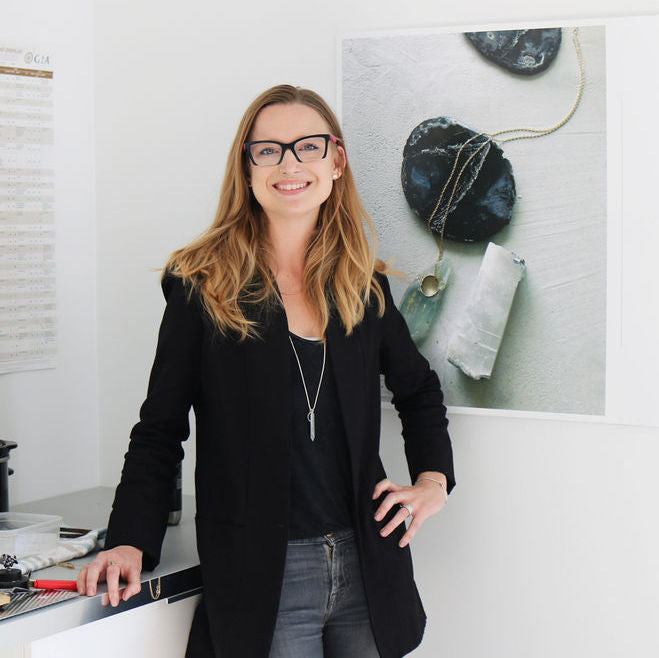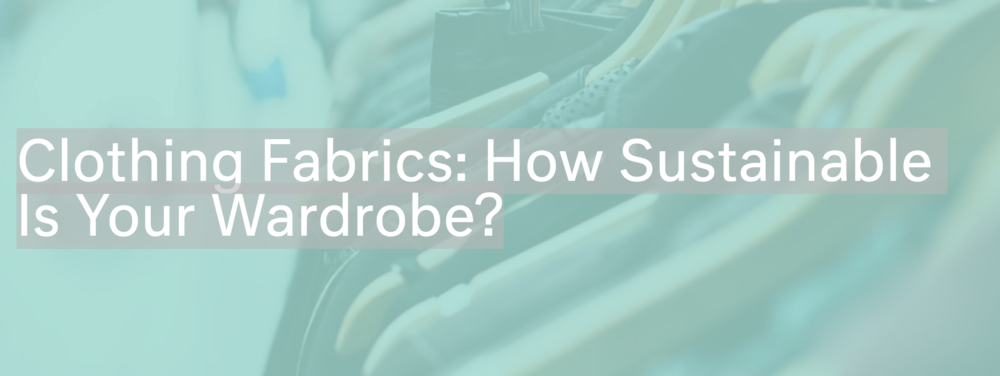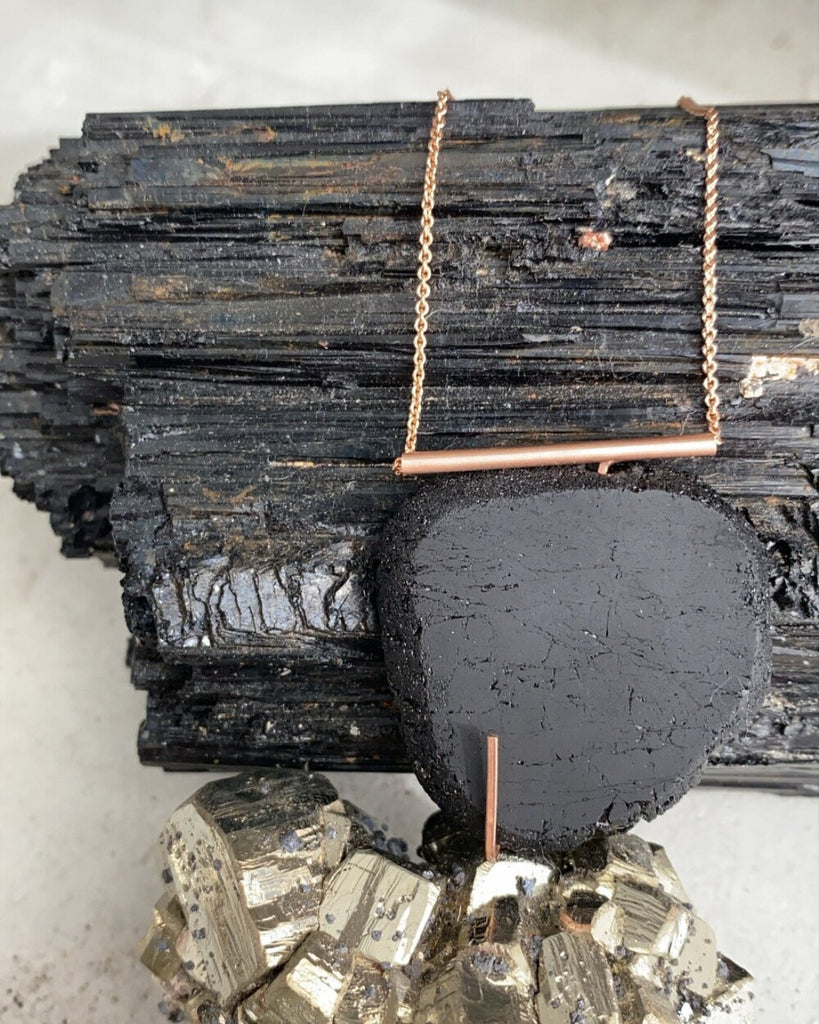Jewelry Care Mythbusting

Jewelry has always been a form of expression, tracing all the way back to the earliest civilizations, but jewelry has come a long way since then. Jewelry trends have risen and fallen and with each passing of time, more people improve their craft. As jewelry become more complex and diverse, there are bound to be a few miscommunications and misunderstandings along the way. We want to clarify a few common misconceptions about caring for jewels. Enji is all about honesty and transparency and we want to make sure you don’t fall for any of these common faux paus.
Myth #1: Diamonds Don’t Break

While it is true that diamonds are the hardest gemstone (scoring a 10 on the Mohs hardness scale) they absolutely can break. They are especially vulnerable around points or corners in the cut, which can get chipped with impact. A skilled jeweler can make sure the gem is well protected in the setting, especially in rings, which are subject to a lot more wear and tear on our hands than say a pair of earrings. But it’s always best not to wear your diamonds when exercising or doing more strenuous work to avoid potentially damaging them.
Myth #2: Ultrasonic and Steam Cleaning is Always the Best Way to Clean Jewelry

It’s true that ultrasonic and steam cleaning can be great for removing any stubborn dirt from jewelry, but it can also damage some gemstones which are sensitive to the heat and vibrations like opals and emeralds. Solid metal jewelry or jewelry set with diamonds, rubies, or sapphires are usually a great fit for ultrasonic cleaning if you have your own little machine at home. The one caveat I would say for those is if you see any cracks in the jewelry or notice that any of the stones are loose. In that case, it’s best to leave it to the professionals and bring the pieces to a jeweler instead. To make things easier, here is a list of gems you should never clean in an ultrasonic cleaner: pearls, coral, amber, opal, turquoise, lapis lazuli, iolite, malachite, fluorite, sunstone, moonstone, tanzanite, and zircon. For these gems mild soap and warm water is a much safer alternative.
Myth #3: Discoloration Always Means the Metal is Fake/Plated
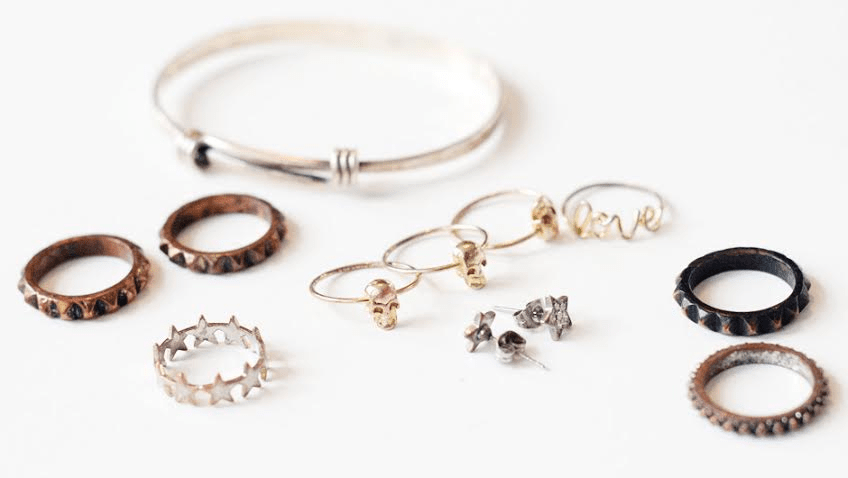
Once the plating wears off on a piece of cheap costume jewelry, it will most likely discolor and often can turn your skin green/black where you were wearing it. Some gold alloys and sterling silver can cause that similar discoloration even though it is real gold/silver. Gold and silver are reactive metals and can have different effects on people’s skin depending on their specific body chemistry. For example, sterling silver is 92.5% pure silver and the remaining 7.5% is usually copper or germanium, and copper is often the culprit for leaving a black mark on your skin (if it does). If you know the piece is real and hallmarked (stamped with the metal type and purity) but it still discolors your skin, consider painting the inside of the ring (or where the metal touches your skin) with clear nail polish or if the piece is silver or white gold, having it rhodium plated to prevent this reaction.
Myth #4: A Toothbrush is the Best Home Jewelry Cleaning Tool
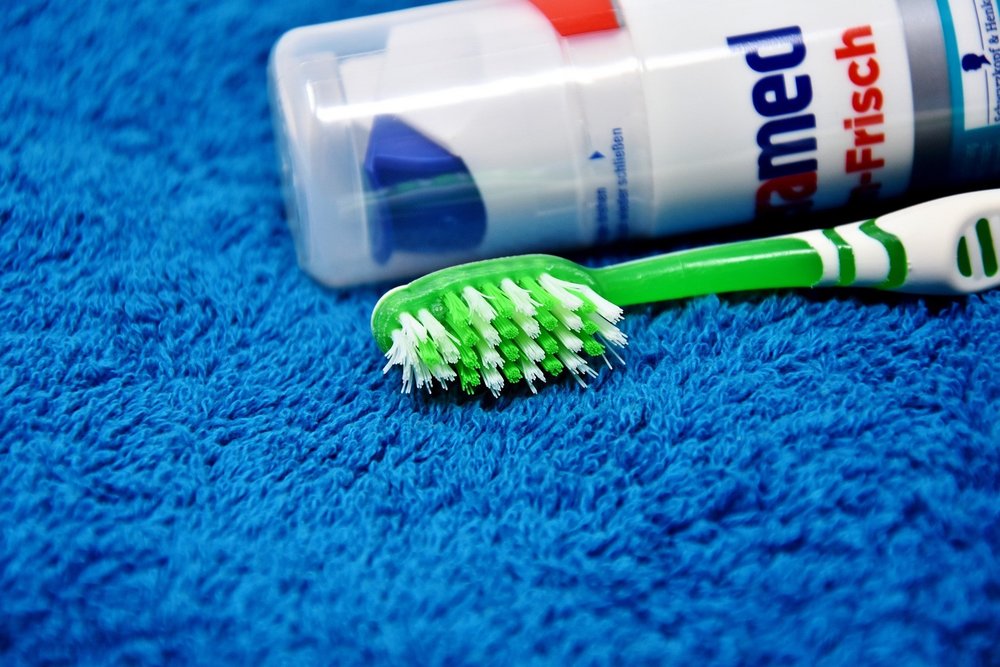
The safest home cleaning techniques tend to be the easiest. For most jewelry, a soft baby toothbrush after soaking jewelry in a solution of mild dish soap and warm water does a great job of cleaning and won’t damage the piece. A dental water pick and a soft lint-free cloth are another great alternatives. However, for soft gems like pearls, that soft toothbrush might scratch the surface. For pearls and other sensitive gems, use a new and clean makeup brush with soap and water for best results.
Myth #5: If You Don’t Wear it, No Harm Will Come to it

This one completely depends on how you store your jewels. If you’re in the habit of tossing them in your purse or on your nightstand, I hate to break it to you but you’re just asking for scratches and damaged gems. Jewelry storage is one of those often-overlooked pieces of jewelry care that makes a big difference. Jewelry boxes that have compartments to store your rings, earrings, and other jewelry separately are ideal, and when traveling be sure to pack your jewelry safely, either in separate bags or in a jewelry roll or travel case. If you’re storing sterling silver jewelry, it may tarnish over time because of how the metal interacts with air and moisture (it tarnishes from storage rather than wear usually). The best way to store your silver in an anti-tarnish bag or with an anti-tarnish cloth to keep that beautiful silver color shining. Silver isn’t the only thing affected by the air when you store it. Gems like opals and pearls draw moisture from the air, so storing them in a very dry area may actually do them more harm than good.


